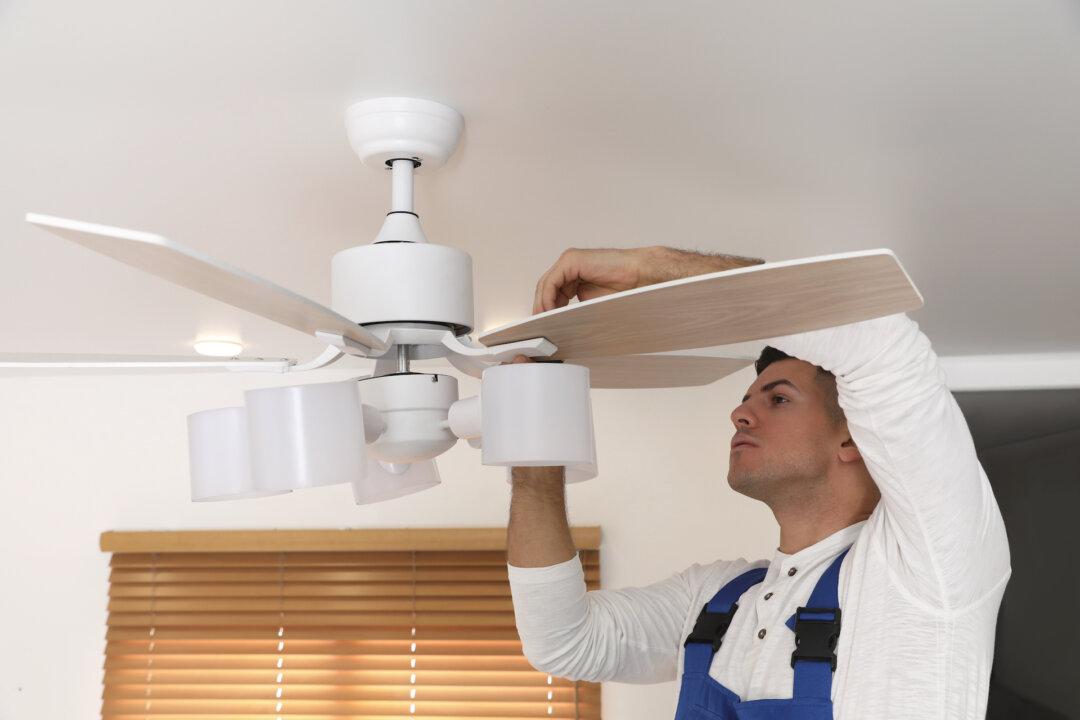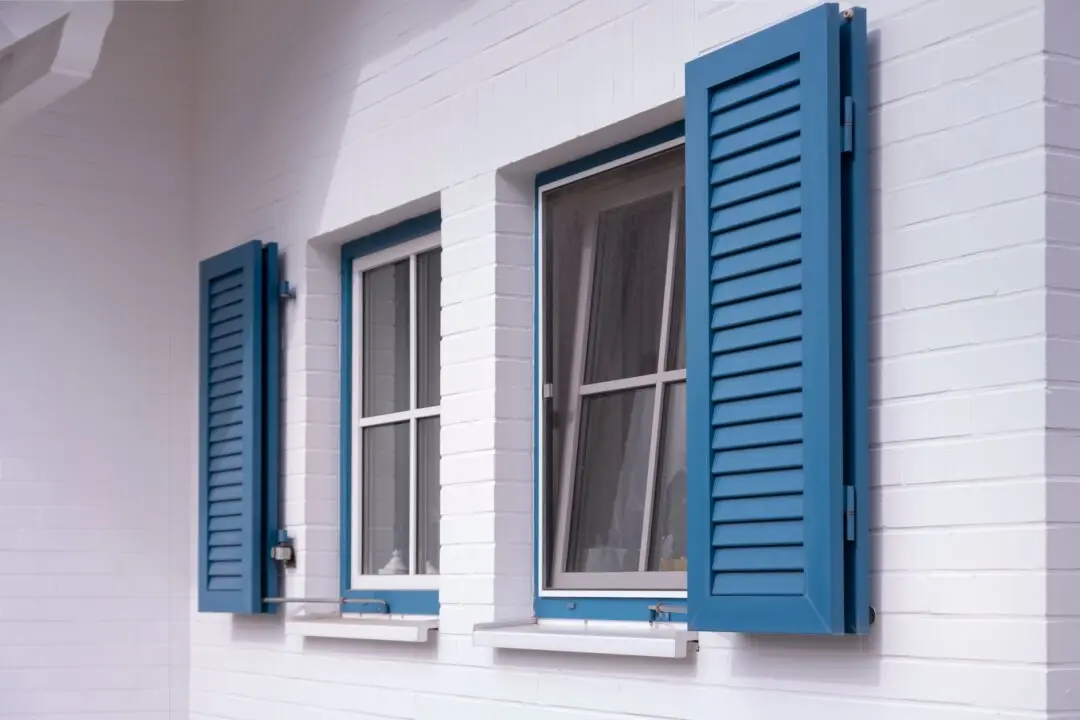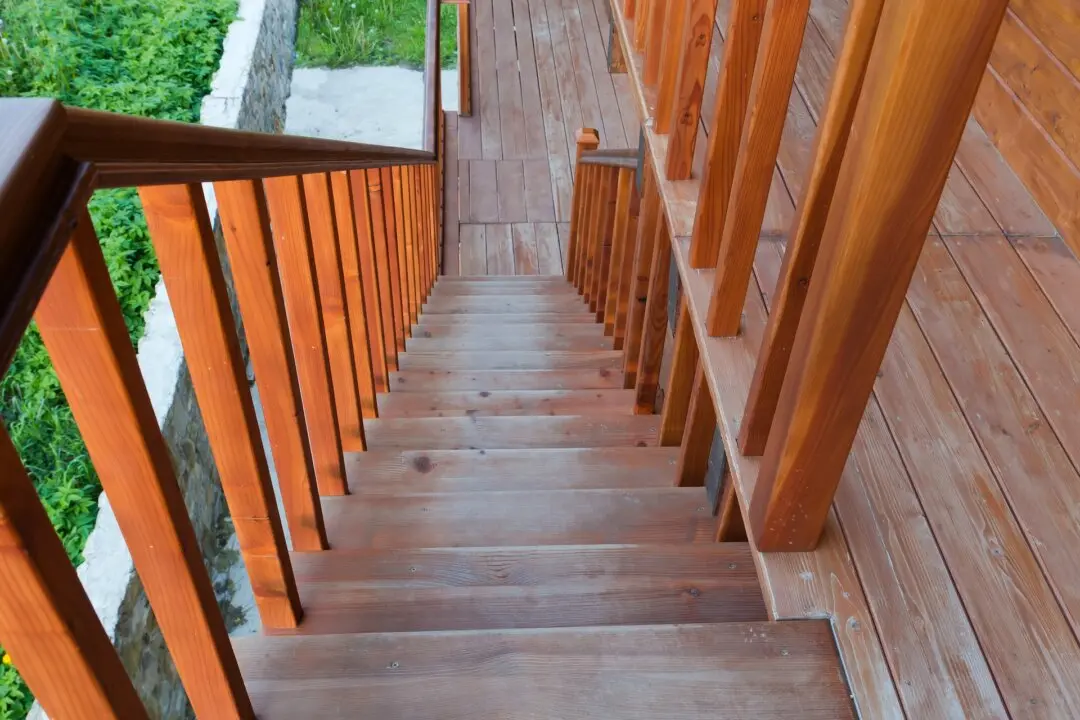Dear James: I bought a ceiling fan two summers ago and am just getting around to installing it this winter. Can this be a one-person job? And do you have any tips?—Cheryl S.
Dear Cheryl: A ceiling fan is normally thought of for cooling, but it is also effective in the winter. Especially in a room with a fireplace, running the ceiling fan in reverse can keep the warm air evenly distributed throughout the room. Most have a bracket hook for one-person installation.





